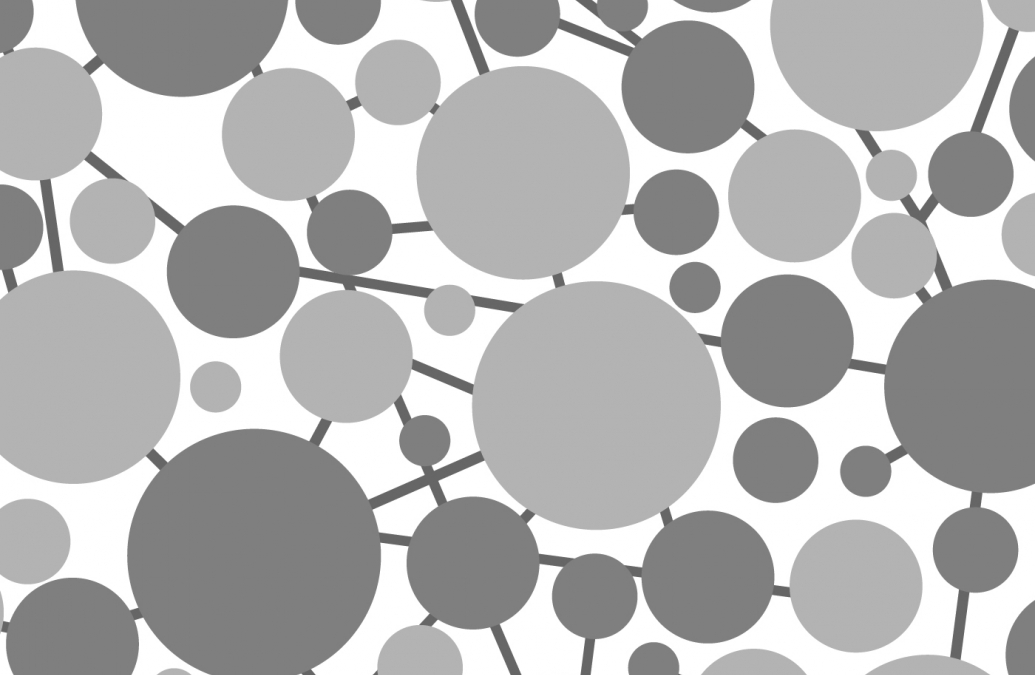so·cial in·no·va·tion, n. (part 3)

In the final posts of our blog series on social innovation, we asked two students to examine the definition of social innovation on our website. Here Rexy Josh Dorado, co-founder of the Kaya Collaborative, shares what social innovation means to him.
Social innovation is the pursuit of innovative, transformative, and sustainable solutions to social problems.
This definition has a layer of initial simplicity to it. As a student of development who's justly wary of good intentions - of the complications and hidden oppressions that tend to follow them - I remember being as skeptical as I was excited to dive in. As always, the promise of helping build a better world was tempered by the danger of people exercising the privilege of service without reflection or accountability.
I'm a senior now, a former staffer at SII, and a leader of my own initiative to tie the Filipino diaspora to social innovation in the Philippines. Along the way, I've heard the terms “social innovation” and "social entrepreneurship" tagged on to so many different philosophies, movements, principles, each of varying success. Is it business for social good? Is it about innovative revenue streams? Is it about starting things for the sake of social good?
The answer I've arrived at is... well, all of the above, kind of. Or none. The instrument is secondary to the mission. In the end, the definition of social innovation I've encountered at SII is one that's less driven by empty shouts of "rah-rah-save-the-world" and fueled more by empathy, systems thinking, honest dialogue, and constant critique. Built around finding real answers, which in practice is more a matter of asking hard questions than actually getting anything right.
My experience with SII has been emblematic of this. Never have I felt as productively challenged, as fantastically frustrated, as frequently forced to state, question, and test my assumptions as in Alan Harlam and Lizzie Pollock's office hours. With every dose of necessary push-back came new ideas, connections, and directions. Horizons stretched; constellations formed; forests lit up around the trees.
Going back to SII's definition with that critical spirit in mind, forced to dig a little deeper, it strikes me that all the big questions are already there. Let's take it one word at a time:
"Innovative." As in newness, originality. As in tying together existing resources in an original way to create new value. As in building an alternate system to replace the unjust equilibrium. And that old Einstein quote: “We cannot solve our problems with the same thinking that created them.”
"Transformative.” As in change, as in permanence. As in imagining and working towards a better world, tackling root causes and not just calming the symptoms of the current one.
“Sustainability.” As in financial sustainability - sustainability of delivery - but just as importantly, the sustainability of change. The shelf life of your impact.
“Solution” as in correct, and “solution” as in done. The questions that they imply: Are you truly building a new system, working towards a sustained end? Is that end truly positive, and by whose standards? What does it mean for you to be doing this? Could it be done better? Do the pieces fit – are the solvent and the solute right? Are you listening?
“Pursuit.” As in: This is a journey. And we're learning, together. And these are all aspirations, criteria to be scored against and molded around. A mission to be met.
Not everyone involved in social innovation asks themselves these questions or commits to the same level of reflection. And not everyone who thinks critically about social issues knows that there's a central place for that kind of dialogue in this community. So what happens too often is that social innovation gets tagged on to initiatives that have less than critical aspirations, and others are left out because they don't meet the imagined bar of innovation in the business sense.
So maybe I'm writing more about what social innovation should be. A shared journey to a world that's better, permanently, and by the right standards – with a concrete strategy to get from point A to a more just point B. Lessons shared between efforts, difficult questions to ask again and again. A million missteps, a hundred wrong answers – and a commitment to adapt and to pivot every time. Until the pieces start to fit.
